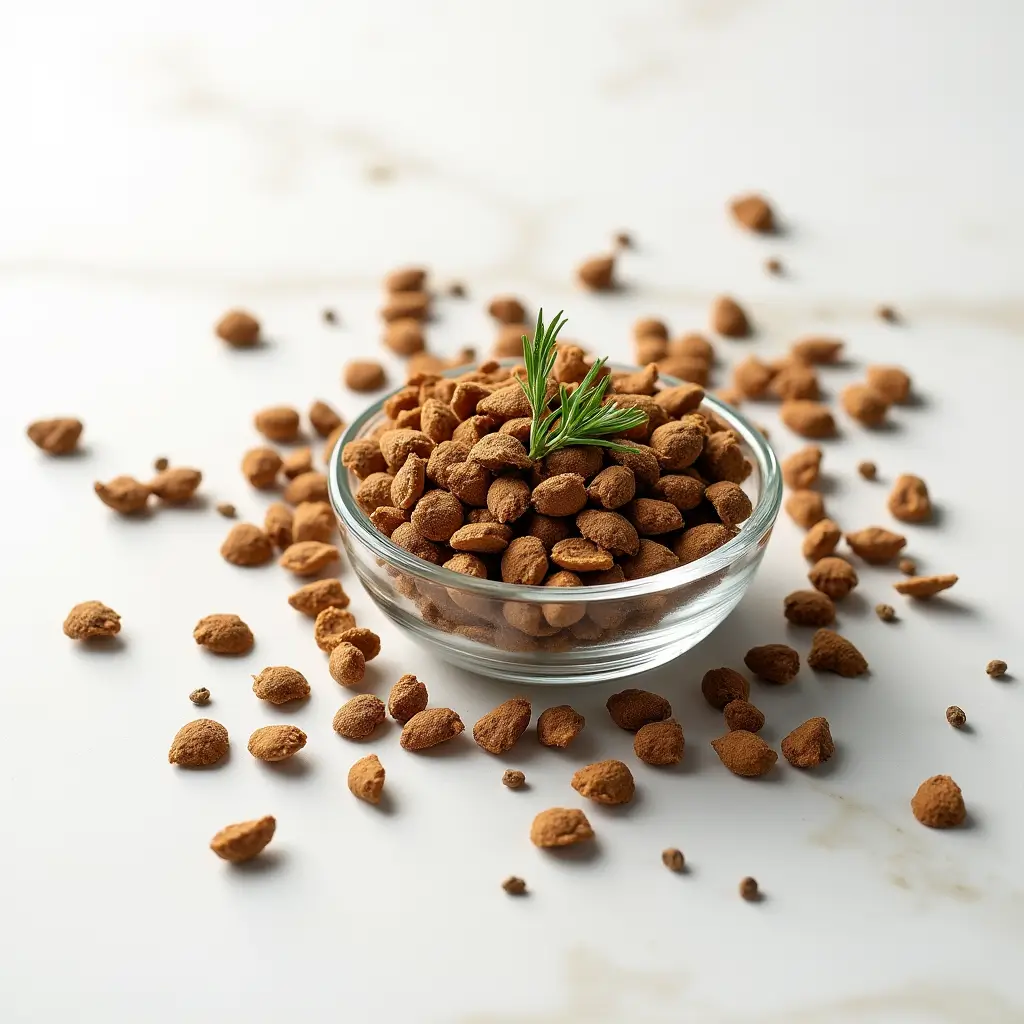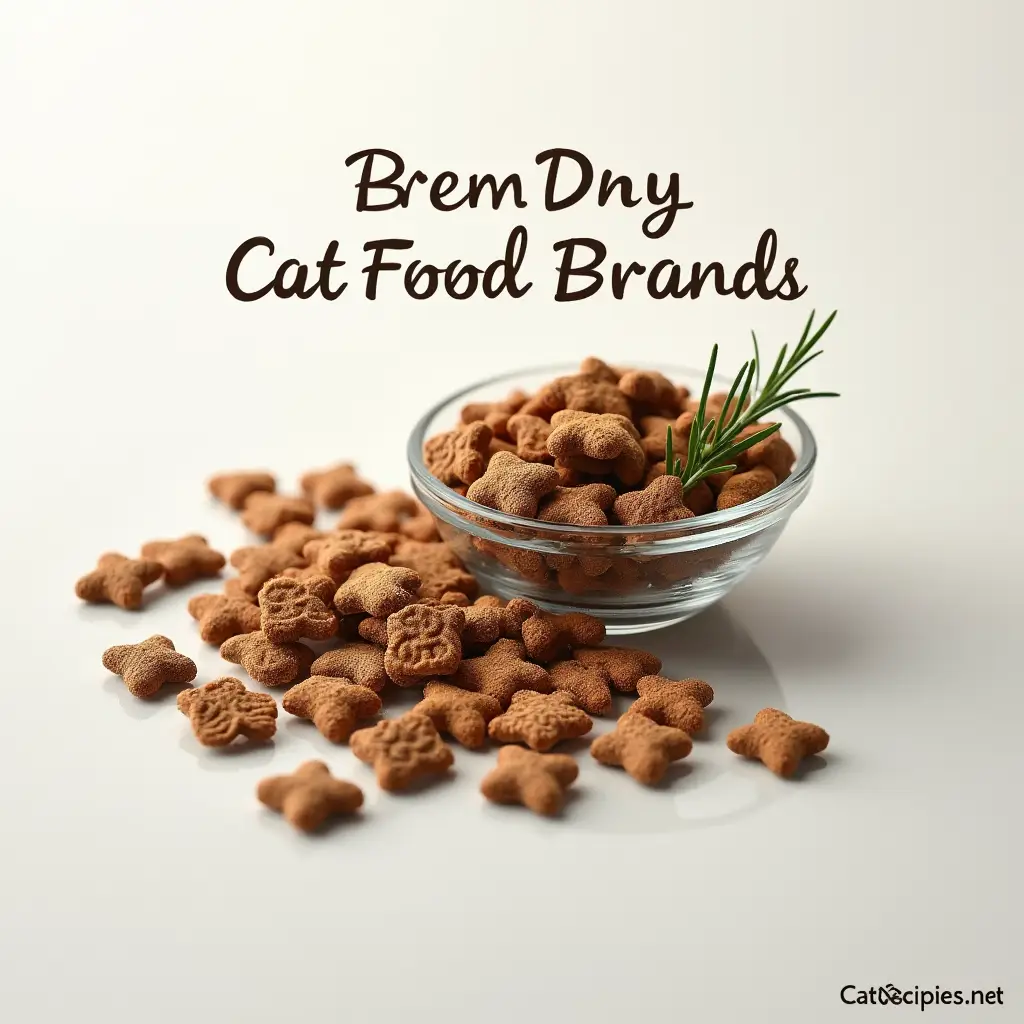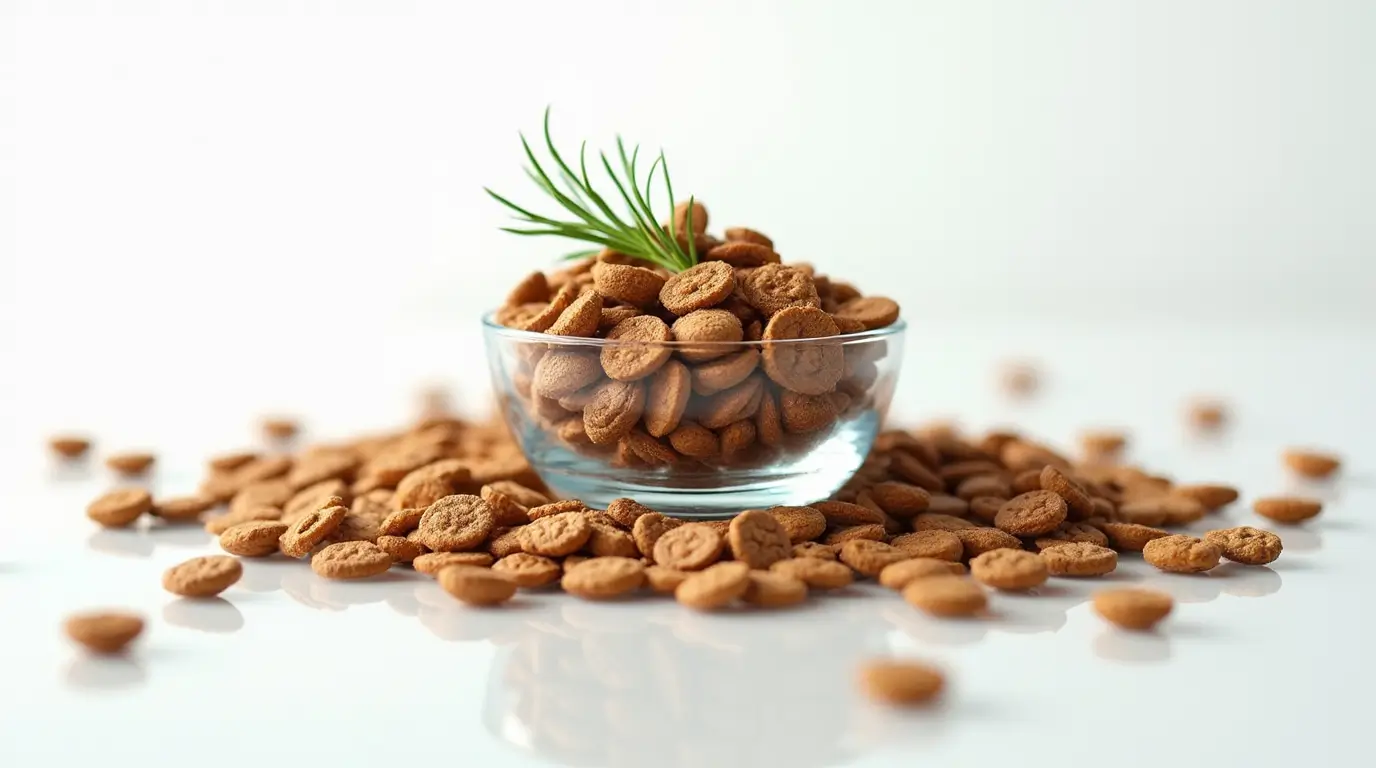Dry Cat Food Brands Loved by Cats and Trusted by Vets
Table of Contents
Picture this: You’re standing in the pet food aisle, surrounded by countless dry cat food brands, each promising to be your feline friend’s perfect match. Your cat’s health depends on this choice, yet the options seem overwhelming. As a devoted cat parent, you want nothing but the best for your furry companion, but which brands truly deliver on their promises?
Why Your Cat Food Choice Matters
Your cat’s nutrition directly impacts their health, energy levels, and longevity. While many brands claim superiority, not all dry cat foods are created equal. Today’s guide will help you navigate through the maze of options, focusing on brands that have earned both veterinary approval and feline appreciation.
The Evolution of Dry Cat Food
Modern dry cat food has come a long way from its humble beginnings. Today’s formulations combine scientific research with natural ingredients to create balanced nutrition that cats need. Understanding this evolution helps you make informed decisions about your pet’s diet.
Understanding What Makes Quality Dry Cat Food
Essential Nutritional Components
Your cat’s optimal health relies on several key nutrients:
- Protein (minimum 30-35% for adult cats)
- Healthy fats (15-20%)
- Essential amino acids, especially taurine
- Vitamins and minerals
- Moisture content
Red Flags in Ingredients
Avoid brands containing:
- Artificial preservatives (BHA, BHT, ethoxyquin)
- Unnamed meat by-products
- Excessive grain fillers
- Artificial colors and flavors
- Corn as a primary ingredient
Top-Rated Dry Cat Food Brands for 2025
Premium Category
- Natural Balance Limited Ingredient
- Single protein source
- Minimal ingredients
- Excellent for sensitive cats
- Royal Canin Veterinary Diet
- Prescription-quality nutrition
- Breed-specific formulas
- Backed by extensive research
- Hill’s Science Diet
- Veterinarian-developed
- Age-specific formulations
- Clinically proven benefits
Grain-Free Options
- Orijen Cat & Kitten
- 90% quality animal ingredients
- Fresh regional ingredients
- Biologically appropriate ratios
- Wellness CORE
- High protein content
- Probiotics for digestion
- No artificial additives
Budget-Friendly Quality Choices
- Purina ONE
- Real meat as first ingredient
- Affordable yet nutritious
- Wide availability
Making the Switch: Transitioning Food Brands
Follow this 7-day transition schedule:
- Days 1-2: 75% old food, 25% new food
- Days 3-4: 50% old food, 50% new food
- Days 5-6: 25% old food, 75% new food
- Day 7: 100% new food
Expert Insights
Dr. Rachel Thompson, DVM, states: “The best dry cat food combines high-quality protein sources with essential nutrients while avoiding unnecessary fillers. Look for brands that meet AAFCO standards and have undergone feeding trials.”
Feeding Guidelines by Life Stage
Kittens (0-12 months)
- 3-4 small meals daily
- Higher protein and fat content
- Growth-formula specific
Adult Cats (1-7 years)
- 2-3 meals daily
- Maintenance formula
- Portion control important
Senior Cats (7+ years)
- Adjusted portions
- Enhanced joint support
- Easy-to-digest ingredients
Storage and Freshness Tips
To maintain kibble quality:
- Store in airtight containers
- Keep in cool, dry place
- Check expiration dates
- Avoid direct sunlight
- Use within 6 weeks of opening


Common Questions About Dry Cat Food
FAQ
Q: Is grain-free always better for cats?
A: Not necessarily. Unless your cat has specific grain sensitivities, quality grain-inclusive formulas can be equally nutritious.
Q: How much dry cat food should I feed daily?
A: Average adult cats need about 1/4 to 1/2 cup of dry food per day, divided into two meals. Adjust based on age, weight, and activity level.
Q: Can cats live on dry food alone?
A: While possible, many veterinarians recommend a combination of dry and wet food for optimal hydration and nutrition.
Q: What makes a good dry cat food brand?
A: Look for AAFCO certification, high-quality protein sources, appropriate nutrient levels, and positive reviews from both vets and cat owners.
Nutritional Comparison Table
| Brand | Protein % | Fat % | First Ingredient | Special Features |
|---|---|---|---|---|
| Natural Balance | 30% | 20% | Duck | Limited ingredients |
| Royal Canin | 32% | 15% | Chicken | Breed-specific |
| Hill’s Science | 29% | 18% | Turkey | Age-optimized |
| Orijen | 40% | 20% | Fresh chicken | Grain-free |
| Wellness CORE | 45% | 18% | Deboned turkey | Probiotic-enhanced |
Making an Informed Decision
Your cat’s ideal dry food depends on several factors:
- Age and life stage
- Health conditions
- Activity level
- Taste preferences
- Budget considerations
The Bottom Line
Choosing the right dry cat food brand involves balancing nutrition, quality, and value. Focus on brands that prioritize real meat proteins, avoid harmful additives, and meet AAFCO standards. Remember, what works for one cat might not work for another, so be prepared to try different options while monitoring your cat’s response.
Action Steps
- Evaluate your cat’s current health and needs
- Compare recommended brands
- Consult with your veterinarian
- Begin the transition process
- Monitor your cat’s response
Your cat’s health and happiness depend largely on proper nutrition. Take time to research and select a high-quality dry cat food brand that meets their specific needs. Remember to transition gradually and maintain consistent feeding schedules for optimal results.
References:
- American Association of Feline Practitioners
- Cornell University College of Veterinary Medicine
- Journal of Feline Medicine and Surgery
- Dr. Sarah Mitchell, DVM – Feline Nutrition Specialist
- Dr. James Carter, DACVN – Veterinary Nutritionist
You can visit a team of certified veterinarians
The 10 Best Cat Food for Senior Cats: Trusted and Vet-Approved
How many teeth does a cat have?
Best Cat Food for Sensitive Stomach: Top 5 Vet-Approved Picks
Nulo Cat Food Reviews: Premium Meals Your Cat Deserves
Best Kitten Dry Foods: Vet-Approved Choices 2025

